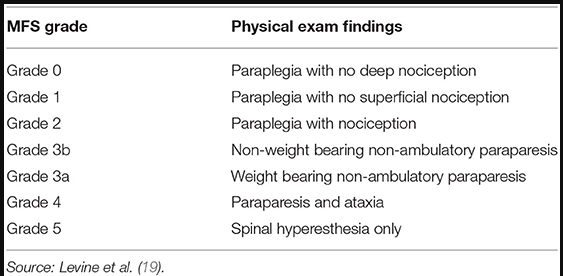Non-surgical rehabilitation should be considered in dachshunds with disc herniation!
Non-surgical rehabilitation in dachshunds should be considered.
85% of the dogs included in the study below improved with rehabilitation!
In the latest research by Sedlacek et al. (2022) researchers found that the overall prognosis was good with 85% of dachshunds (34 of the 40 dogs) who underwent conservative management and rehabilitation (non-surgical) achieving functional pet status by 12 weeks post injury.
What did conservative management and rehabilitation consist of?
As you can see, there were a variety of treatments that the dachshunds went through but a few to note in particular would include therapeutic exercise, gait retraining, manual therapy, laser and acupuncture. We see that most, if not all of the dogs in the study underwent one or more of the treatments stated above.
Note: There were a total of 40 dachshunds in this study.
What Improved?
In the study, they used an outcome measure called the Modified Frankel Score (MFS). The MFS provides an assessment of spinal cord function. What you can see in the graph is the grade improvement over the 12 week period with nonsurgical rehabilitation.
Grade 5 = Better, Grade 0 = Worse
Conclusion
This study corresponds with other studies (Hogdson et al., 2017) ; (Jeong et al. ,2019) ; (Hady and Schwarz (2015)) that have looked at rehabilitation in dogs with spinal cord injuries. The studies taken together indicate that there is merit for the use of rehabilitation techniques in improving the outcome of spinal cord injury secondary to intervertebral disc herniation (IVDH).


